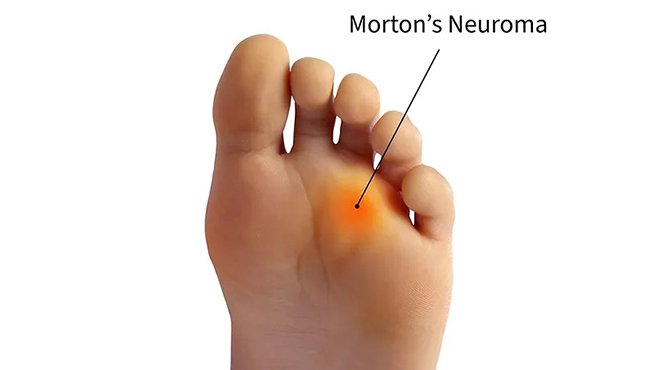MORTON’S NEUROMA
Overview
Just in case you were wondering…. Morton’s neuroma was first described in the literature in 1876 by an American surgeon, Thomas George Morton.
There are many conditions and injuries that can occur in the forefoot, Morton’s neuromas are fairly common. A neuroma is a nerve condition which causes symptoms to be felt in the ball of the foot and often radiating out to two toes. The nerve splits at the ball of the foot and that is why two toes commonly feel a burning, tingling or pain sensation. Tight fitting footwear is a common irritation source to a Morton’s neuroma so if you have this condition ensure your shoes are wide and fit properly.







